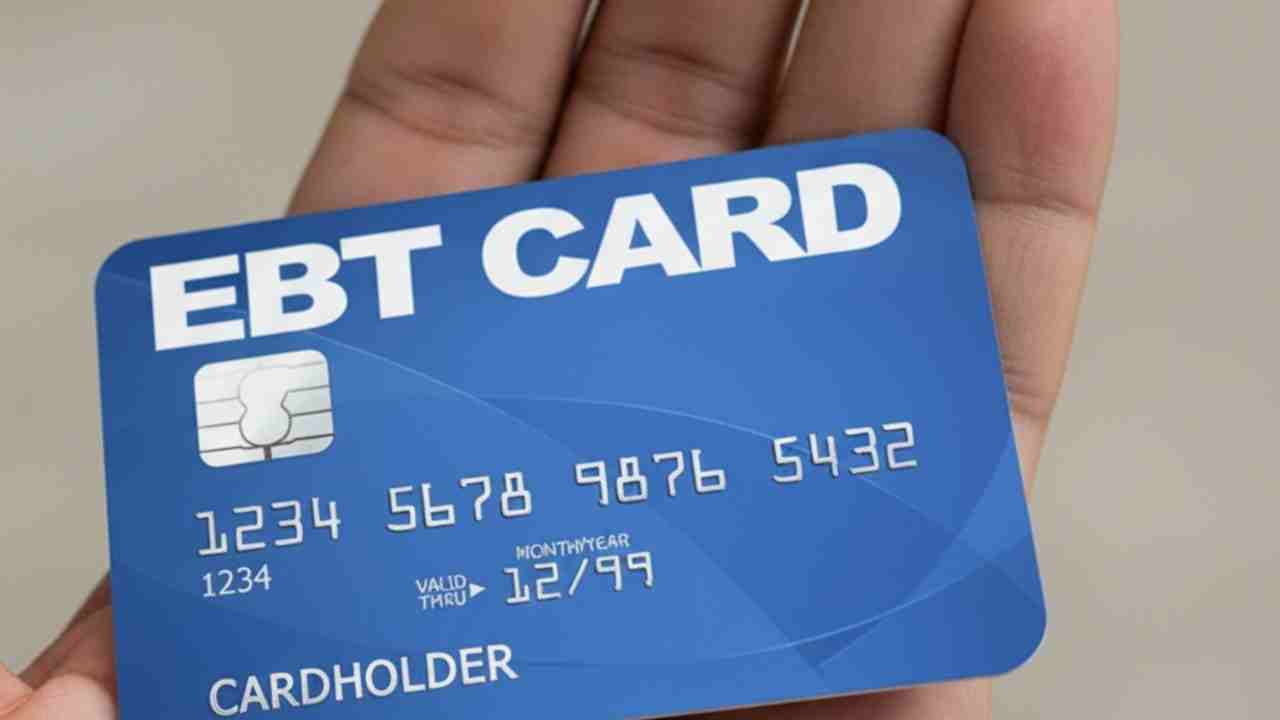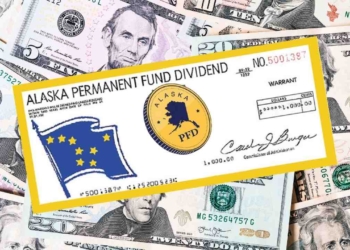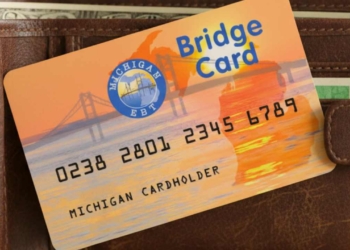The federal government shutdown that kicked off in late October threw SNAP benefts—the food stamp program—into a tailspin. With no new funding from Congress, the USDA was scraping the bottom of the contingency barrel, only able to send out about $4.5 billion in partial payments.
That meant millions of families were staring down the barrel of weeks—or even months—without full benefits. Then, on November 6, a federal judge in Rhode Island (John J. McConnell Jr.) stepped in. He ordered the USDA to fully fund November SNAP benefits, no excuses.
States started sending November SNAP benefits
That ruling lit a fire under at least 20 states. They jumped into action, pushing full payments through their EBT systems starting the very next day. For a brief, shining moment, millions of low-income households saw their cards loaded with the full amount—up to $300 per person, or about $1,000 for a family of four.
But the Trump administration wasn’t having it. They appealed immediately and asked for an emergency stay. On November 7, Supreme Court Justice Ketanji Brown Jackson granted a temporary block, freezing full payments until at least November 12—or until the First Circuit Court of Appeals weighs in.
The very next day, the USDA fired off a memo to state SNAP directors: “Do not transmit full-benefit files. Reverse any steps already taken.” States that had already sent money? They’re now on the hook to claw it back or face penalties.
Some families got lucky: they received full benefits before the hammer dropped. Others are stuck with partial payments or nothing at all. Food banks are sounding the alarm, warning of a surge in hunger, especially in states where SNAP covers a big chunk of the population.
Congress is still bickering over a deal to reopen the government, which would unlock full funding. Until then, this is a legal and logistical mess playing out in real time.
States That Sent Full SNAP Benefits This Week
These states moved fast after the Rhode Island ruling. Many recipients already have the money in their accounts: though there’s a real chance the feds will try to reverse it.
| State | What Happened |
|---|---|
| Arizona | Started processing on the 7th; funds hitting cards in the days after. |
| California | Full benefits loaded for 5.5 million people on November 6. |
| Colorado | ~32,000 got theirs early; over 500,000 still in the pipeline when the block hit. |
| Connecticut | Money showed up in accounts by the afternoon of the 8th. |
| Hawaii | Processed within 24 hours of the judge’s order. |
| Kansas | $31.6 million sent to ~86,000 households on the 7th. |
| Massachusetts | Half a million people got full loads over the weekend. |
| Michigan | Full benefits confirmed received this week. |
| Minnesota | Prepped over the weekend; rollout started Monday. |
| New Hampshire | Every eligible household got the full amount. |
| New Jersey | 800,000 recipients processed immediately. |
| New York | Began loading on Sunday the 9th; accessible that same day. |
| Oregon | Funds available over the weekend. |
| Pennsylvania | Full benefits sent on the 7th; instant access. |
| Rhode Island | 79,000 households funded on the 8th. |
| Vermont | 67,000 residents received full amounts by end of day on the 7th. |
| Washington | 250,000 households got theirs on the 7th. |
| Wisconsin | $104.4 million sent to 337,137 households on November 7. |
States Where SNAP Benefits Are Delayed (Due to SCOTUS Order)
These states either only sent partial payments, halted full distributions, or are now reversing what they started.
| State | What’s Happening |
|---|---|
| Illinois | Only partial benefits issued this week. |
| Kentucky | Stuck with partial payments. |
| Louisiana | Partial loads only. |
| North Carolina | 586,000 households got partials; full plan frozen. |
| North Dakota | Partial benefits only. |
| South Dakota | Full rollout paused on the 7th; reverted to partials. |
| Texas | Recipients received only partial amounts. |







